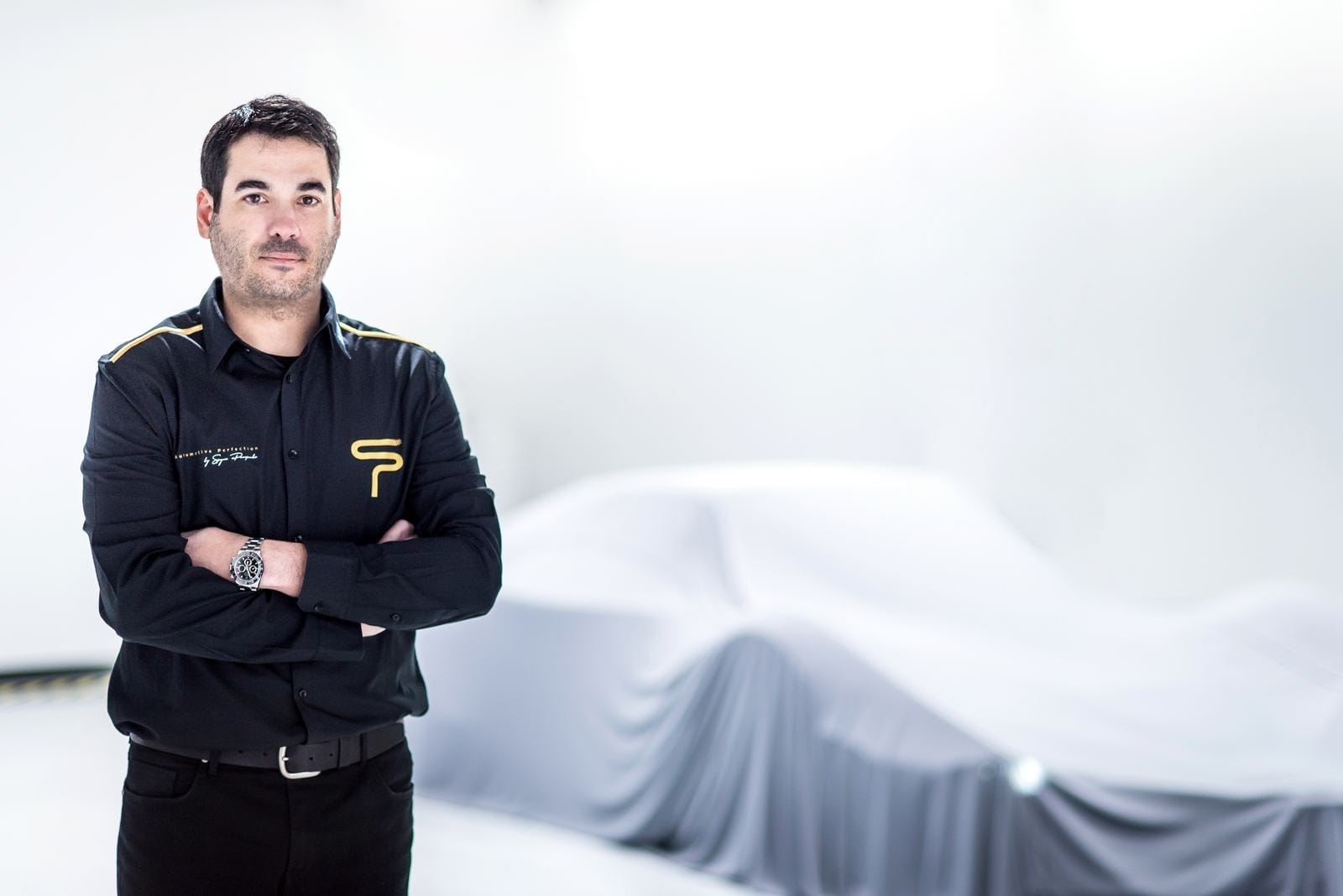Spyros Panopoulos (born October 9, 1978) is a Greek inventor, automotive engineer, materials engineer, engineering technologist, and a professional racer.
Spyros Panopoulos is the CEO and CTO of Spyros Panopoulos Automotive, CEO of SPgroup, CEO of Extreme tuners, and founder of Anadiaplasi (parametric design method). He is also the world record holder in drag racing having developed and built the highest volumetric efficiency engine on the planet. In 2019, he announced the launch of his automotive brand featuring the first ultra car in the world, named CHAOS which is being produced in Greece using high end composite materials and 3d printing technology. Since 1999, Spyros has been a pioneer in the automotive industry as one of the first people to import aerospace alloys for parts production. He has also worked on improving/developing many internal combustion engine motors for the WRC, BTCC, HILL CLIMB, DRAGSTER, RALLY CROSS, MotoGP, while in F1 he was involved in developing high performance motorsport electronics & tuning automotive control systems. His research and development work on engines and spare parts stand out in most world records for motorsport engineering.
His firm is now a center for research and development for automotive applications, as well as the military, aerospace, and navy. His designs and technologies for internal combustion engines are used by frontline car manufacturers as well as the military.
Inventor and pioneer of 3D printing, 3D metal printing alloys, he first prints titanium rods and titanium pistons, and most items for motorspost from magnesium in 2016, and then in 2017 carbon fiber 3D printed rods, in 2018 3D Inconel and toolsteel, in 2019 3D ceramic pistons and rods. In 2020 composite zilon rods. He evolves and develop new materials for 3D printing.
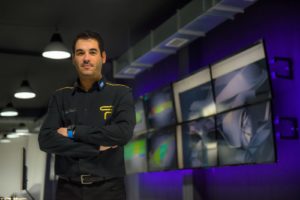
Early Life
Spyros Panopoulos (Spyridon Panopoulos) was born on 9/10/1978 in Athens, Greece. His early life interest in technology and speed led him to pursue a career in the automotive industry. His studies in computer programming and development of applied solutions were a starting point to his career in designing and building racing motors.
Achievements
Panopoulos has a rich bio full of records and patents. In 2008, he managed to star in numerous records in different races all over the world, with the faster Subaru 4-cylinder engine, the faster ford Cosworth, Nissan GTR, various OEM based tuned engines and the first +1000hp per 1 litter turbocharged 16v engine with over 2000hp output and 12.800rpm produced.
In 2017, he gained the world record in drag racing 4-cylinder Mitsubishi Evo 6/7/8/9 platform and a year later he set a new 1/4 mile world record of Evo 7.84sec in Malta, developing and built the higher volumetric efficiency engine on the planet. In 2019, a new 1/4 mile world record came, by developing cylinder head designs, 3D printed “anadiaplasi” Titanium, Ceramic and brake pistons and rods, while in early 2020 he established a new Automotive Company using next level racing technology.
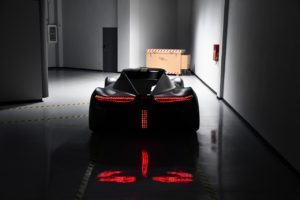
Innovations
In the early 20’s Panopoulos imported metal alloys in automotive from aerospace to for high performance racing use. He also designed and built his own aluminum alloy rods and ecu for racing applications using Motorola processor and for the first time in performance automotive he introduced the titanium alloy valves and beryllium valve seats for high temperature turbocharged racing applications.
In 2005, his restless spirit led him to the first full billet 5 axis CNC machined compressor wheel for automotive racing turbocharger, which he designed and built, using just a single raw of blades. 10 and 11 blade design geometry single raw, was an innovation, as it could provide higher flow and greater boost pressure ratios on p2/p1 map in lower and higher speeds, achieving effective boost pressure over 6bar. Air flow was improved at about 43% – 68% more than any other two-row old design, applied to WRC and lemans turbochargers and to most of the race classes and categories all over the world.
Later, he developed high flow 10/11 blade turbine wheels one-piece 5axis Inconel 713c and titanium alloy with bigger blades and smaller hub center, offering 33% – 44% more efficiency than the other designs. He also built the first turbo compressor wheel in titanium alloys and magnesium alloys, designed and milled the first billet steel and titanium camshaft for automotive, achieving over 6.4 G acceleration ramp with extreme negative ramps and the first full billet engine block and cylinder head from solid T6 aluminum.
One year later, he designed, developed and manufactured a dual chamber intake manifold system for all levels of motorsport for WRC, kit cars and track day vehicles S2000 spec Rally cars and British touring cars, which offered higher volumetric efficiency and desirable turbulence levels into the combustion chamber. He also designed and built titanium flywheels and clutches for high RPM race applications.
In 2009, he created Unique Pocket con rod design. After many hours of simulation and finite element analysis (FEA), he invented the draft design of “pocket design that offered ~38% more tension forces than “I” or “H” design. He built two flat side beams that increased strength and rigidity, providing good tensile strength and a thicker cross-section in critical areas to increase strength. 3D billet pistons were next to design, which improved the squish band and engine performance to maximum.
This year, he also designed and built high flow cylinder port design and strategies for most OEM car manufactures and first tungsten divided H13 tool steel crankshaft for automotive racing application, capable of rotating over 14.000rpm. With this design the crankshaft counterweights could be removed and adjust on every piston/rod weight and RPM target in order to make the vibrations and harmonics run smoothly on very high rpm.
In 2010, he brought 32CrMoV13 steel from aerospace, to Top fuel, Nascar and IRL making components and crankshafts, he designed from scratch billet engine blocks and high efficiency cylinder heads, which were a direct replacement for OEM engines, offering higher levels of volumetric efficiency and performance. “Asymmetrical” 3D design of billet pistons 5axis came next, providing minimized contact patch, reducing friction while maintaining stability.
In 2013, he developed and built parts for aviation, defense & NAVY, brake systems from passenger cars to F1, 3D skeleton pistons and skeleton titanium rods. The rod and piston were full drilled to save maximum weight, used in BTCC and MOTOGP applications.
2015 was the year of the first full billet 7 axis custom turbo compressor cover from solid aluminum achieving better flow characteristics and lower volute temperatures. He also introduced “Gen2 patent” 10 blades single raw, designed compressor wheel technology and first full billet high accuracy 7 axis Gen2 “X design” patent piston 3D with patent “3D spiral” oil skirt. The addition of carbon fiber Compressor Covers for turbocharger application appeared for the first time. He then designed and built compressor wheels for the most know JET SKI manufactures and he used Gen2 compressor wheels from carbon fiber and carbon Kevlar, material composites that were used for turbocharger applications for the first time, proved to be 8-10 times lighter than aluminum.
In the same year, he imported Tennalum alloy in motorsport, which provided the highest mechanical strength of all aluminum alloys and matched that of certain steels, the best material ever produced in strength-to-weight ratio. For many applications there is no better alloy, not even Titanium, which is 40% heavier. It is perfect for aviation, aerospace & defense.
He then designed “Gen2 patent” 10 blades single raw, design compressor wheel technology, using “super alloy 970mpa” material, 43% lighter than titanium Ti6AL4v and 35% stronger. He improved aerodynamically the compressor wheel for a turbocharger and the geometry that provided 35-80% more performance as compared with a comparably sized conventional compressor wheel.
In 2016, the first full billet high accuracy 7 axis Gen2 “X design” patent piston 3D with patent “3D spiral” oil skirt was introduced with 58% improved lubrication over the “common” design and lowering friction values on high rpm. By using this technology of spiral grooves, he achieved higher G acceleration values and the X design can secure piston above 38m/sec piston speed.
Then he imported carbon fiber Compressor Covers for turbocharger application for the first time, he designed and built compressor wheels for the most know JET SKI manufactures, Gen2 compressor wheels from carbon fiber and carbon Kevlar and used material composites for turbocharger applications for the first time, which were 8-10 times lighter than aluminum.
In 2019, he developed cylinder head designs for many OEM high performance engine for known car manufactures, EDM pistons for F1 and introduced sinker spark erosion technology to motorsport. He manufactured carbon fiber composite conrods 3D for first time, which are 10 times lighter than steel alloys, 3D printed pistons from Steel H13 and Titanium Ti6AL4v for racing automotive application.
His last achievement includes “anadiaplasi” method, a new way of creating objects. The material can now take the form and structure we need, without unnecessary mass. Depending on the composition, it forms its own form according to the forces exerted on it. The object itself can now be much lighter and much more durable than a solid shape. As a result, 3D printed “anadiaplasi” Titanium pistons and rods follow, a next generation parts with much lower masses and stronger, 3D printed “anadiaplasi” Ceramic Rods and piston with more strength and friction and 3D printed “anadiaplasi” brake systems.
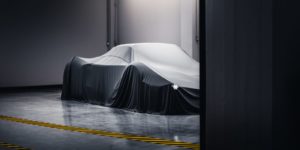
Anadiaplasi
In 2019, Panopoulos invented Anadiaplasi, a new parametric design method that can be applied by combining additive manufacturing and the use of pure exotic materials such as titanium, ceramic, aluminum, carbon and zylon and more, offering unique look and durable, yet lighter items. Anadiaplasi enables the design of the future in a wide range of applied sectors such as aviaton and aerospace, defense and mobility, modern appliances and constructions, medical purposes.
Hypercars
His passion for auto mobility, the invention of Anadiaplasi and the fast growing 3d printing industry made it possible for him to fulfill his vision for hypercars. So, he started designing the cars of his dreams, aiming to surpass the legacy of the automobile industry. The first car was named Chaos (the void between heaven and earth as Hesiod Cosmogony indicates), and came to feel the gap in the category of ultra-cars. Chaos is going to be the first 5G car, as announced, aiming to break down the world speed record featuring top speed over 500 km/h and weight under 1000kg. Designed and produced purely in Greece by a talented team of young Greek engineers and programmers that Spyros managed to bring together from all over the world. Chaos features a bunch of automotive innovations in material use, aerodynamics and augmented reality controls. All these combined with the eerie look that derives from the spartan art of war, make it a unique piece of modern engineering. The car will be available in two versions of 2000hp (5,5 million euros) and 3000hp (15 million euros). Chaos will be officially presented in the Geneva Motor Show 2021.
During the production of Chaos, Spyros came up with the design of the second, improved futuristic ultra car, Apeiron, continuing the Chaos naming concept (Greek philosophers believed that apeiron (unlimited) was a divine and perpetual substance, the origin of the world). Apeiron is the car of the future, according to his opinion, as it is based in mass alteration.
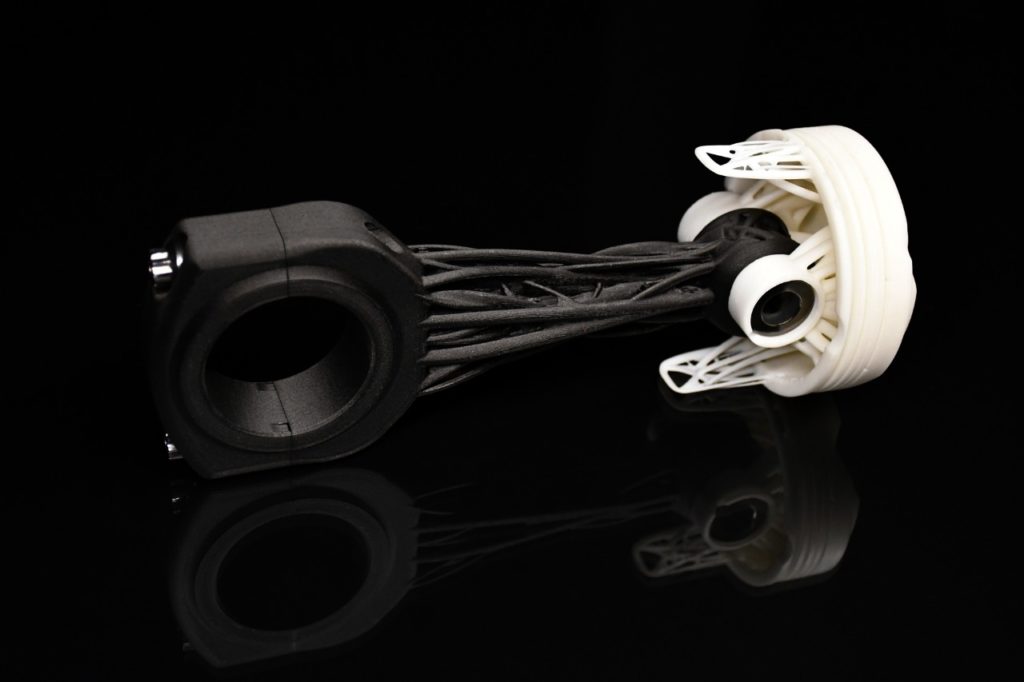
Electric Cars – Hydrogen cars
In June, 2020, during an interview associated with Apeiron, Spyros mentioned his involvement in developing electric & Hydrogen cars, although his background is internal combustion engines.
Drones
Recently he was involved in research and development of innovative anadiaplasi drones, the most durable and high-performance drones of defensive equipment.
SP Group
In 2020, Spyros established the SP Group, his own manufacturing industrial unit including high end machinery, covering all the range of additive manufacturing. He has a five and seven axis CNC machined compressor and quality control equipment from worldwide credible suppliers. This gave him the advantage of vertical integration of production, from Anadiaplasi parts in mobility, aviation and military to gadgets and commodities. SP Group also conducts RND and participates in OEM products for many front-line enterprises.
You can visit his website for more details.
www.spyrospanopoulos.com

